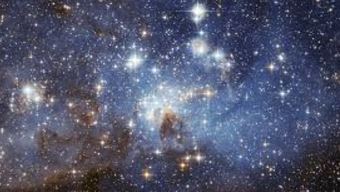Astronomers have found a brand new family of stars in the center of the Milky Way, which they are calling N-rich stars, due to their very elevated amounts of nitrogen.
The stars were discovered within a collaborative endeavor called the Apache Point Observatory Galactic Development Experiment (APOGEE), which collates an exceptional number of infrared data in the night time skies by capturing signatures of thousands of stars.
Generally the stars across the center of our galaxy are shrouded by debris, but his team and Schiavon could make use of infrared star signs to show there are a great deal of nitrogen-rich stars in there that were not enjoy anything they had expected to discover.
Since these just discovered ‘N-loaded’ stars include more nitrogen compared to stars around them, the team indicates they could have formed in the remains of globular clusters – giant sets of countless stars which were formed through the Milky Way’s early days and then fell some time afterwards.
“From our observations, we could discover the chemical compositions of thousands of stars, among which we seen a substantial variety of stars that differed in the majority of the stars in the internal areas of the galaxy, because of the very high wealth of nitrogen,” Schiavon describes.
They are able to likewise be the byproducts of the initial episodes of star formation occurring on day one of the galaxy’s history,” he adds.
This implies that the better comprehension of the recently discovered star family might shed new light on how they formed, not only but our galaxy among others like it formed – which is among the greatest questions in astronomy.
If this is warm enough, the stars may also be a few of the earliest celestial bodies in the Milky Way, forming alongside the galactic center.
“Last, although not the very least, N-rich stars may function as earliest stars in the galaxy, the byproducts of chemical enrichment by the primary stellar generations formed in the center of the galaxy,” the team writes.
It is planning to require more research with this mysterious star family that is new to comprehend how they formed and the things they are. But as for peering to the center of our galaxy, our tools get more complex we’ll shortly have much more data to go off.




